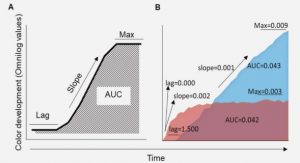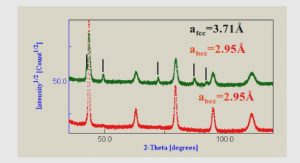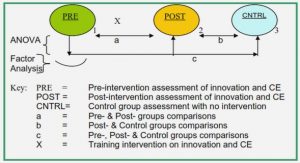Get Complete Project Material File(s) Now! »
Elders with dementia in long term care
The previous section discussed studies demonstrating that manipulations of the physical and social environment can evoke attendance and engagement behaviours of typical elderly within long term care. It has been suggested that due to the associated cognitive decline, many elders with dementia have difficulty pursuing and initiating their own engagement with activities (Kuhn, Fulton, & Edelman, 2004; Volicer et al., 2006). In viewing engagement with activities as an operant behaviour, Brenske, Rudrud, Schulze and Rapp (2008) stated that this lack of initiative could be conceived as of weak stimulus control of activities. In other words, the presence of an activity coordinator (person who coordinates and facilitates activity engagement), or stimuli that can be engaged with (e.g., leisure activities), may fail to evoke appropriate engagement behaviours, even though reinforcement may be available (Brenske et al., 2008). In particular, elders with dementia often need to be prompted to initiate engagement with stimuli (Cook, Fay, & Rockwood, 2008). Therefore, the behaviour of others becomes a critical component within interventions designed to increase activity engagement in elders with dementia. For this reason, involving not only activity staff, but also staff from all disciplines – particularly caregivers – seems important for the purposes of engaging residents with dementia for long durations of the day.
A foundational study provided quantitative evidence that when elderly residents with physical or mental impairments were given the opportunity to engage with recreational materials, levels of activity engagement were considerably higher than during baseline (Jenkins, Felce, Lunt, & Powell, 1977). Two special care homes – that catered for elders with physical (Home A) or mental (Home B) impairments respectively – participated. During 45 minute long structured activity periods in the respective lounges of the homes, one experimenter provided residents that were awake with a choice between several activities, prompted their use and praised appropriate engagement. Residents who agreed to engage with activities were interacted with on an ongoing basis. Residents who originally refused to engage, had recently woken up, or entered the room were offered activity materials again about midway through the activity period.
Within the homes, the average number of residents engaged in activities during baseline was 2.4 in Home A and 0.7 in Home B (Jenkins et al., 1977). When the residents were provided with the opportunity to engage, the average number of residents engaged was 6.1 in Home A and 4.1 in Home B. The average number of residents present in the respective lounges remained similar across sessions. For Home A, the average number of residents present was 13 during baseline and 14 during the intervention. For Home B, the average number of residents present was 11 during both baseline and intervention. This showed that the levels of activity engagement within special homes for elders with physical or mental impairments could also be increased when an experimenter carried out simple behavioural techniques.
Some limitations exist within this study. One of the limitations is that the levels of engagement were assessed at the group level, which can potentially hide variability within individuals’ data (Cooper, Heron, & Heward, 2007). Therefore it cannot be known whether there was a large increase in the levels of engagement of just a few residents within both homes, or whether levels of engagement increased in a similar way for all residents. Another limitation is that the presence of residents within the respective lounges was not controlled for. By chance, the average number of residents within the lounges were similar during baseline and intervention, allowing the average number of residents engaged to be a comparable dependant variable. As with the previous studies that increased the engagement in elderly without dementia, not all residents within the facility attended the scheduled
activity periods.
Introduction
Cognitive and behavioural Issues
Treatment
Applied Behaviour Analysis and the Elderly Populatio
Development of behavioural interventions for the elderly
Physical environment
Social environment
Activity Engagement and the Elderly Population
Benefits
Behavioural interventions and elderly engagement
Typical elderly in long term care
Elderly with dementia in long term care
Activity recording and supervisory feedback
Preference assessments and elderly with dementia
Research Aim
Method
Ethics Approval and Initial Approac
Staff9
Behavioural Definitions
Observation sessions
Preference assessments
Measurement
Interobserver Agreement
Intervention 1
Single stimulus engagement preference assessments
Results
Interobserver Agreemen
Single Stimulus Engagement Preference Assessments
Intervention 2
Afternoon sessions
Morning sessions
Accuracy of Staff Estimates of Resident Engagement
Social Validity Questionnaires
Discussion
GET THE COMPLETE PROJECT
Identifying Preferred Activities to Increase Engagement in Residents with Dementia






